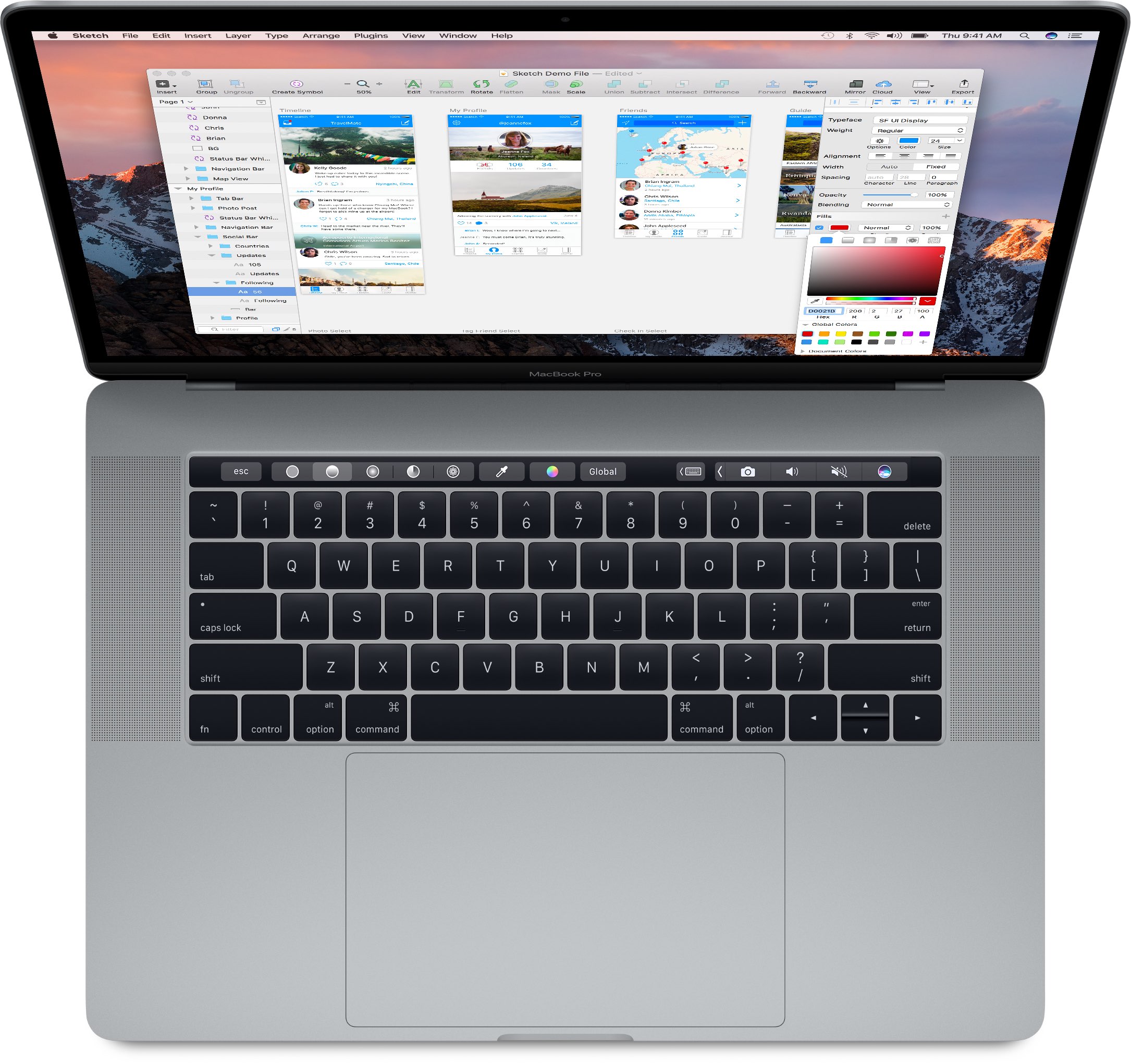

Only one custom control can be shown in the Control Strip.Widgets manager for MacBooks Touch Bar. Keys, App Controls, Spaces or Quick Actions. Click Touch Bar Settings in Settings to override what Touch Bar shows for certain apps: Expanded Control Strip, F1, F2, etc.
Only occasionally keeping the lid open. A tap, followed by a tap-and-move motion.I usually use Mac in the clamshell mode. From what I saw of the touch bar you needed to tap the volume button, then adjust the slider that appears. After all, with keys you can turn the volume up or down with a quick tap. They should appear if you open the lid, quit system preferences, and reopen keyboard shortcuts.At first, I thought the new MacBook Pro touch bar was actively worse than a traditional keyboard for adjusting volume or brightness. It now includes multi-window.Do you ever use your MacBook in clamshell mode (lid closed)? The touchbar settings wouldn’t appear in this case, as the touchbar would not be accessible.
Sometimes these "smart" behaviors could only be confusing.Today, with my mac's lid closed, I happened to press Cmd + Shift + 6 as a customized shortcut for an application, but unexpectedly saw a screenshot of a black bar.I went to System Preferences -> Keyboard -> Shortcuts -> Screenshots for a check, but couldn't find anything showing 6 there.Suddenly, I realized that the black bar is actually the screenshot of the touch bar! So I opened the lid, and the screenshot options for the touch bar did (re)appear as expected.My personal opinion: things need to be consistent. But the problem is, the idea is not always well communicated. The Apple designers seem to give a "smart" appearance for the system, by silently concealing options that they deem as inapplicable. This is not a good idea for an iPhone, iPad, or iPod touch, but it works well for.
After all, what is the point of screenshot of a black bar.


 0 kommentar(er)
0 kommentar(er)
